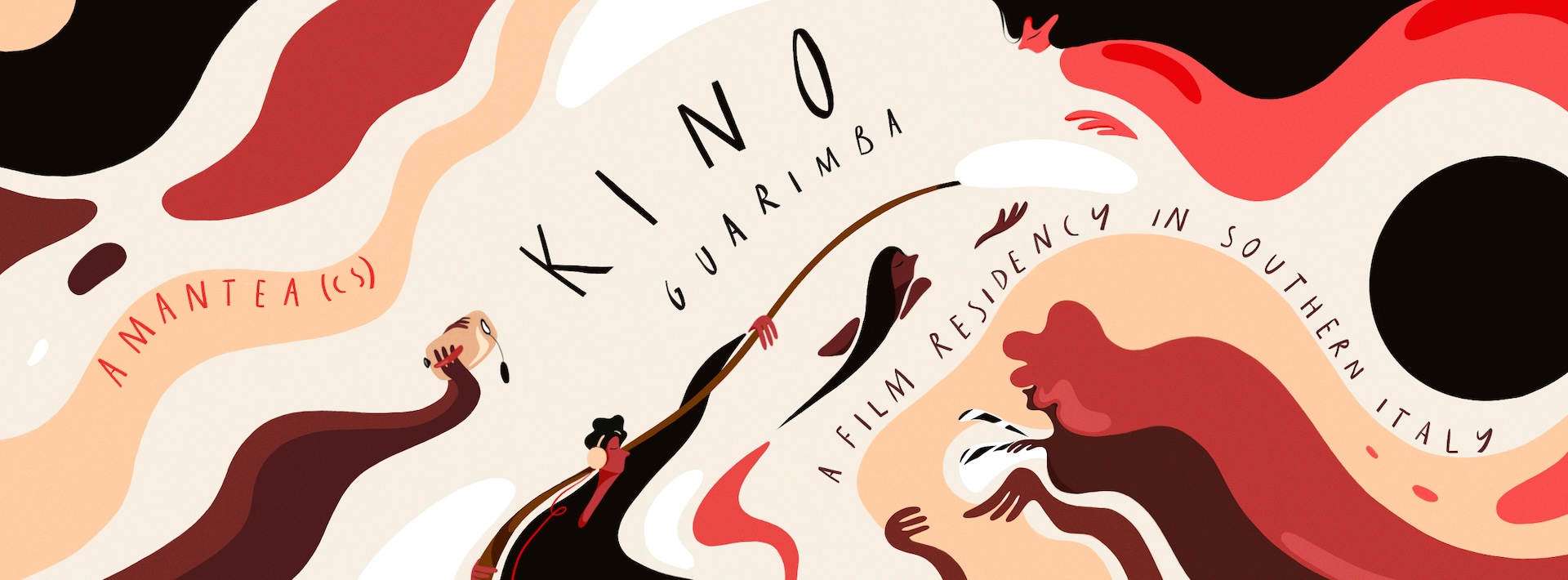THE EDUCATIONAL IMPACT ON THE PARTICIPANTS
Kino Guarimba is constructed as an intense educational journey, concentrated in 12 days, but with a precise educational identity and pedagogical goals inspired by the theories of Non-Formal Education of Cooperative Learning and the Montessori School. The method is based on the construction of activities and that encourage the sharing of resources and spaces, independence in the creative process and the search for creative solutions to obstacles.
The selection of the residency participants is done with the aim of differentiating as much as possible the profiles and motivations, which can be very different: those who want to try their hand at directing for the first time, those who intend to experiment in the field with what they are learning during their studies, those who want to find their creative space and get away from the routine of a structured job, and those who want to live a community experience in Southern Italy.
A very important goal of the project is to harmoniously integrate the motivations and personal paths of people who are different from so many points of view, and use these differences as leverage and not as obstacles, to learn from each other and help each other in their paths.
The participants arrive in Amantea on the same day, and meet for the first time in unstructured settings such as over dinner, or in the apartments they are staying in. Before talking about their projects, we facilitate their personal connection and knowledge, reiterating the importance of working together with people with whom they are comfortable.
The stated goal of the residency is not to make masterpieces or optimize activities to build expendable products on the festival market. Rather, it is about letting one’s creativity emerge, learning to collaborate, experimenting with new roles and making mistakes, and look at failure as part of a learning journey. The residency mentors have taken on the task of guiding the participants along this path, without interfering with their personal process.
THE SOCIAL AND CULTURAL IMPACT ON THE COMMUNITY
The ninth edition of the residency took place entirely in Amantea (CS), a small town of 14,000 people on the Tyrrhenian coast of Calabria, Southern Italy. Fifty international participants came into contact with local people, places and stories, transforming the streets, squares, historic center and beaches into a large open-air set, and directly and actively involving Amanteans in the making of the short films in a participatory and empowering way. The Residency was not held as an elitist event where participants live in isolation from the host context, but pushes them to explore people, places and stories of our community. This leads to the creation of deep relationships between young international artists and the residents of Amantea.
During the days of the Kino, Amantea experiences an important process of urban revitalization, which differs from gentrification interventions because it does not involve costs or generate permanent changes in the physical structure of places, but transforms their perception in the eyes of the community and outside. This process occurred when crews worked in isolated, abandoned or degraded locations, making them the protagonists of a new narrative, or totally changed their function, giving them new meanings.
These processes, which are difficult to quantify, have a significant impact on the social and cultural capital of the area, re-establishing a connection between culture and people and creating a sense of belonging and pride in the local community. The people of Amantea have the opportunity to see their town and their stories represented on the big screen, giving visibility and value to their cultural heritage. The Kino Guarimba, every year, succeeds in telling through art the genius loci of Amantea and Calabria, a tale that stems from a collective gaze and unites local and global dimensions.
Increasing the social and cultural capital of people from Amantea also happens through the promotion of cultural diversity within a community that we are familiarizing, each year, with the presence of artists from around the world. Community members share their daily spaces for 12 days with artists from around the world, and interact with them at various times. They directly attend the filming, which takes place in bars, squares, beaches, and apartments, but most importantly they participate in the films as actors, and tell the stories in the many documentaries that are made during the Kino each year.
Among the many examples, we can mention Hungarian director Kata Incze, who brought in one of the marching bands of Amantea to film a scene on the beach, also involving four local actors she met during popular casting.
Algerian-Italian director Mounir Derbal also cast five small Amantean actors, who recited litanies and folk songs that were then sampled by Finnish sound engineer Tommi Vieno and Colombian editor Santiago Calle García: a film about memory and the abandonment of places, with filming at different points in the historic center.








































